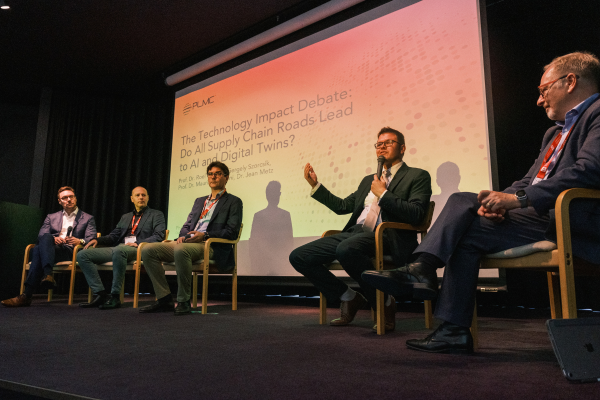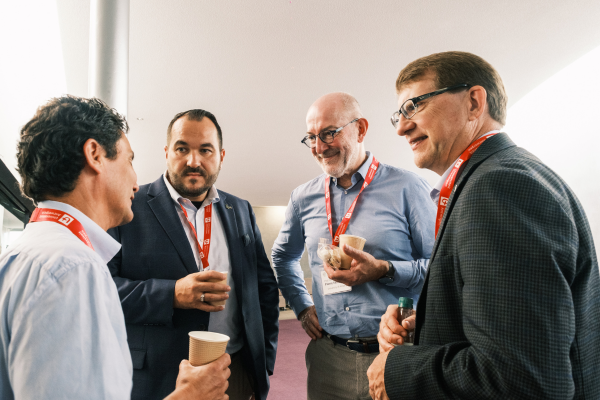Demand, geopolitics and resilience
➡️ Pharma is entering a decade of higher demand and more individualised care, enabled by AI-driven R&D and visible supply chains.
➡️ Resilience now means moving from JIT to JIC with multi-regional sourcing, pre-qualified alternatives, buffer stocks, and multi-node air-freight networks.
➡️ Tariffs are shaping both contracts and footprints, with pass-through and flexibility clauses becoming standard while sourcing and production are shifting step-by-step toward near/reshoring.
Patient, vaccines and trust
➡️ Vaccine pipelines are expanding (including mucosal candidates), and in super-aged societies, prevention and vaccination are central to healthy longevity.
➡️ Population protection depends on matching products to global immunisation needs and communicating through credible, validated information to sustain uptake.
Digital, data and AI






➡️ High-quality, well-governed data are the backbone of digitalisation, powering end-to-end control towers, real-time visibility, and excursion prevention under GxP/PHI rules.
➡️ Early AI value stems from automating routine work. However, real gains require redesigning roles and decision-making processes while managing risks associated with data quality, sovereignty, GDPR compliance, and supplier/provider lock-in.
Sustainability and network design
➡️ Sustainability starts with smarter manufacturing and demand forecasting, while network design reduces CO₂ by localising DCs and optimising line-haul.
➡️ Cooling choices should follow the route profile, with passive systems sometimes outperforming active on multi-stop last-mile routes based on CO₂ and external-cost analysis.
Execution and partners (E-pharma, 3PL/4PL)
➡️ Patient-centric distribution applies the e-commerce playbook: connect partners via APIs, keep GxP stocks near demand, track in real time, route dynamically, ensure first-attempt delivery, protect PHI, and enable easy returns with agile 3PL/4PL support.